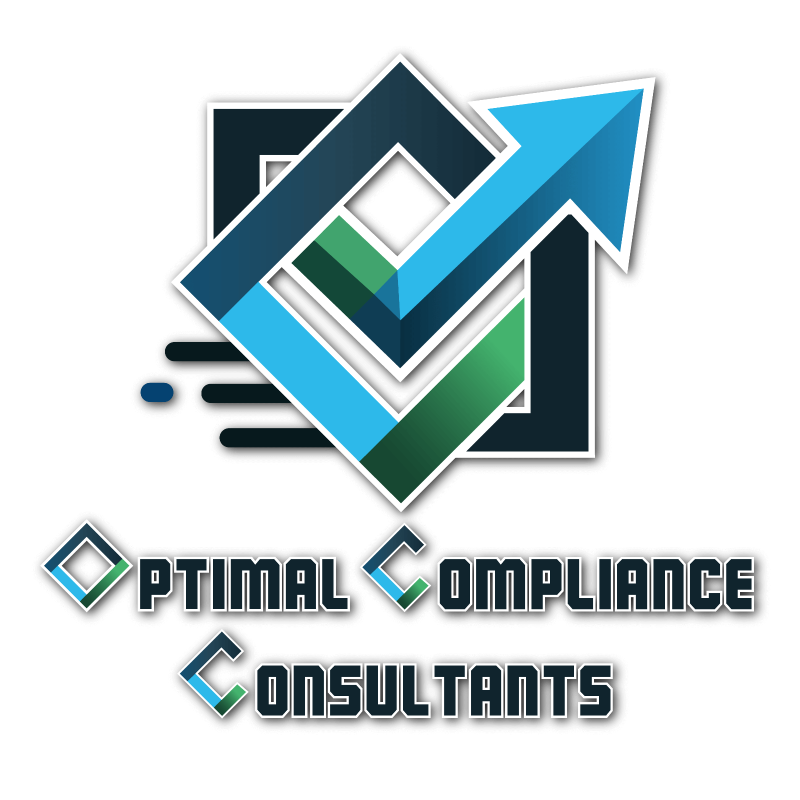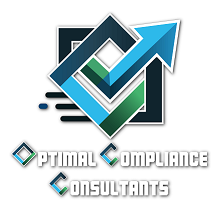Health and Safety Audits: The Key to a Safer Workplace
Health and safety audits are more than compliance tools—they are critical for creating a proactive culture of safety that protects employees and enhances productivity. This guide dives into the value of health and safety audits and how to effectively conduct them in any industry.
Why Are Health and Safety Audits Essential?
A health and safety audit is not just about ticking boxes for compliance—it’s about safeguarding lives and fostering a culture of continuous improvement. Here’s why they’re essential:
- Regulatory Compliance: Audits help organizations adhere to the Occupational Health and Safety (OSH) Act and other local regulations, avoiding hefty fines and penalties.
- Risk Management: Identifying potential hazards ensures preventive measures are implemented before accidents occur.
- Enhanced Productivity: Safe workplaces lead to higher employee morale and efficiency.
- Reputation Building: Demonstrating a commitment to safety earns trust from employees, clients, and stakeholders.
Understanding the Health and Safety Audit Process
Conducting a health and safety audit involves several structured steps to ensure thorough evaluation and actionable insights. Let’s break it down:
1. Planning the Audit
Start by defining the objectives and scope of the audit. Are you focusing on regulatory compliance, risk assessment, or both? Use previous audit findings and workplace incident reports to identify high-priority areas.
2. Gathering Documentation
Collect relevant records, including:
- Policies and procedures related to workplace safety.
- Inspection and maintenance logs for equipment.
- Employee training records and certifications.
- Incident reports and risk assessments.
3. Conducting On-Site Inspections
Inspect the workplace to identify physical hazards, assess equipment conditions, and observe employee practices. Engage with employees to understand their perspective on workplace safety.
4. Compliance Checks
Use checklists aligned with the OSH Act and industry-specific regulations. Focus on critical areas like:
- Proper use and maintenance of personal protective equipment (PPE).
- Emergency exits and fire safety measures.
- Safe storage and handling of hazardous substances.
- Ergonomic setups to reduce physical strain on workers.
5. Reporting and Recommendations
Summarize your findings in a detailed report that includes:
- Areas of non-compliance with safety standards.
- Risks that need immediate attention.
- Recommended corrective actions and a timeline for implementation.
6. Follow-Up Actions
Ensure that recommended changes are implemented and re-audit as necessary to evaluate the effectiveness of the improvements.
Common Challenges in Health and Safety Audits
While audits are essential, they can come with challenges. Here’s how to overcome them:
1. Lack of Awareness
Many organizations struggle to understand the requirements of the OSH Act. Regular training and hiring experienced safety auditors can address this gap.
2. Resistance from Employees
Some employees may view audits as disruptive or punitive. Communicate the purpose of the audit clearly to gain their cooperation.
3. Limited Resources
Budget constraints can hinder thorough auditing. Prioritize high-risk areas and invest in technology to streamline the process.
The Role of Technology in Modern Safety Auditing
In today’s digital age, technology is revolutionizing safety auditing. From mobile apps to cloud-based audit tools, technology can:
- Automate data collection and analysis.
- Provide real-time reporting and insights.
- Ensure consistent application of audit standards.
- Track the implementation of corrective actions.
Health and Safety Audits in South Africa
In South Africa, compliance with the OSH Act is paramount. Industries like mining, manufacturing, and construction are particularly regulated. Audits play a key role in ensuring businesses meet these legal requirements, including:
- Provision of adequate training and PPE.
- Emergency preparedness and evacuation plans.
- Regular inspection and maintenance of machinery and equipment.
- Safe handling and storage of hazardous materials.
Conclusion: Building a Safer Future
A health and safety audit is more than a compliance exercise; it’s a vital step toward building a culture of safety and care in your organization. By understanding the audit process, adhering to best practices, and addressing challenges proactively, you can ensure a safer, more efficient workplace for everyone.
Start prioritizing safety today—because compliance isn’t just a legal obligation; it’s a commitment to protecting lives and fostering a culture of excellence.





